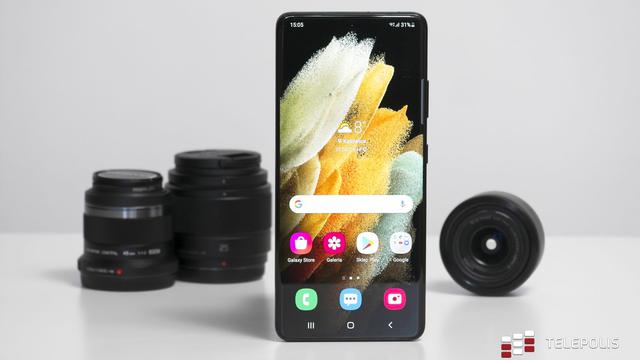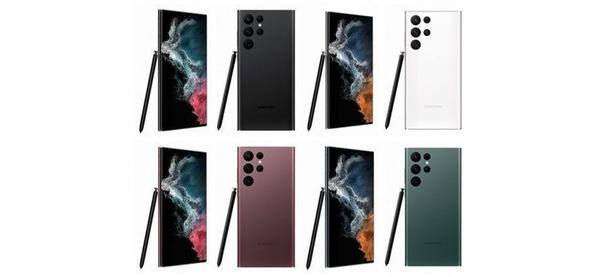At the weekend I wrote to you that wireless charging may encounter some temporary difficulties in the form of new regulations in China and its power can be permanently set on a maximum ceiling of 50 W. The topic is much deeper and probably strongly related to the performance of charging without charging,However, when I read about it, a slightly different thought arose in my head.
To cię zainteresuje Szybkie ładowanie bezprzewodowe może zaraz przestać być tak szybkieSamsung goni konkurencję. Będzie prawdziwe szybkie ładowanie w Galaxy S22It is a certain aspect of wireless charging, i.e. magnetic charging.Until now, only iPhones have been loaded in this way, but soon Realme smartphones with their Magdart will also join this group.I expect that soon most manufacturers (and certainly Oppo, Vivo and OnePlus) will offer similar functionality.However, I wonder:
To what extent is magnetic wireless charging different from ... ordinary wired?
Of course, this method of charging is called wireless charging, because it uses the same electricity transmission mechanism through the back of the smartphone.Of course, such a smartphone can still be placed on a special pad, but the most important advantage of this solution is to be the fact that the phone itself does not descend, because it will be held by magnets on it.

Thanks to these magnets, you can pick up the charged phone in your hand and use it without much problem, which can definitely not be done with classic wireless charging, which in my case is the main source of discomfort and which makes its device load only on the cable.However, when I started considering if it would actually be a valuable improvement for a smartphone, I also began to wonder if we just had a circle.
Czytaj dalej poniżej Jak szybko 200 W ładowanie zużywa baterię? Szybko. Ale nie tak jak myślicie KRKrzysztof RojekImponująco szybkie ładowanie Xiaomi, pozwalające naładować telefon w kilka minut KŚKamil ŚwitalskiOf course, the magnetically attached charger looks nice, but that's ... that's it
It seems to me that if the magnetic charging of the expansion, using it will be practically the same as the cable, only subject to additional defects.Once - if we have to use the smartphone during charging, yes, we will be able to, but we will have to lift it with the base station attached to the back, so this use will be much less comfortable, and we will be limited by the cable of this station.On the other - we still have something here that definitely rejects me from wireless charging as such, i.e. nearly 50 percent.Power loss (i.e. if we charge with 50 W power, the charger must download 100, so this is not an ecological solution).
For me, magnetic charging is a strong excess of form over real functionality.Is it difficult and frustrating so much that the USB-C cable is so bad that we prefer to agree that half of the charging power goes into the air, while agreeing to use the solution that has the potential to be much less convenient if we want to use a smartphone during charging.Finally, we are still ... on a cable, only connected differently.
Of course - I will certainly test Magdart (or another incarnation of this idea) when it appears on the market.Meanwhile, the question for everyone who uses Magsafe - what are your impressions after a year of communing with this technology and did it actually change so much in the way you load the phone?


